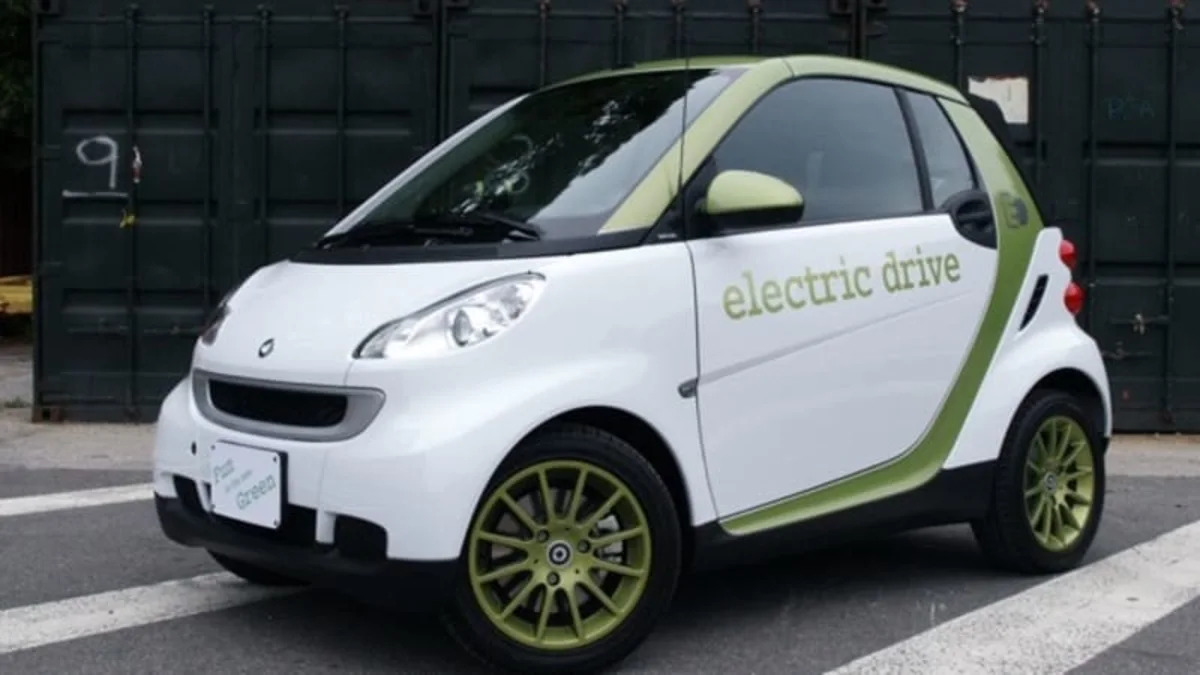Smart ED – Click above for high-res image gallery
The sad tale of Smart, especially in the U.S. market, is a prime example of the adage to "be careful what you wish for, because you just might get it." Smart has faced multiple problems, ranging from its design to its execution. On the design side, small vehicles with only two seats have always had a very limited appeal, especially in the U.S. market. People may drive alone most of the time, but that doesn't meant they want to be restricted to just one passenger. The execution of the Smart ForTwo is undoubtedly a far larger problem, with both the transmission behavior and the disappointing fuel economy leaving many drivers wanting. Weak U.S. sales that are likely to fall short of 8,000 units in 2010 (3,909 so far through July) mean that global sales probably won't hit 100,000 this year.
Unfortunately, Smart's outlook is likely to remain weak for at least several more years until the next-generation model arrives. The new car will be codeveloped with Renault on a common platform with the next-generation Twingo and should see the return of the four-seat ForFour model and the demise of the annoying semi-automatic transmission used in the current ForTwo. Until then, the only way to avoid Smart's transmission issues is to get one of the 250 available battery-powered Smart Fortwo ED . The electric Smart should have wider availability in 2012 when Daimler drops the current Tesla-sourced battery in favor of a pack using lithium-ion cells from the Daimler-Evonik joint venture Deutsche Accumotive GmbH.



Sign in to post
Please sign in to leave a comment.
Continue